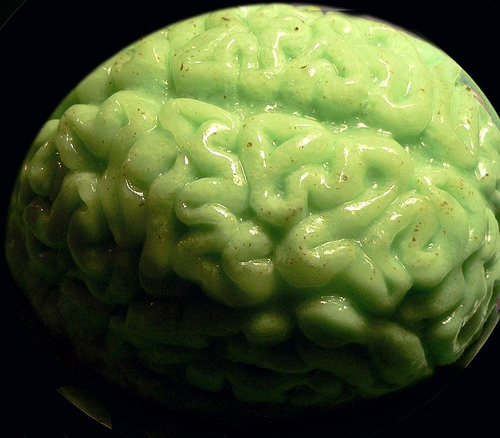You’ve heard all the positive thinking advice about visualizing your success and controlling your thoughts to drive for more success. But, did you know that there is real brain science and research behind the power of your thoughts? I’ve had a bit of a skeptical attitude toward some of the positive thinking advice that is out there; no matter how much you think positively some things are not going to change (i.e. the short brunette woman who asked me to make here a tall blond when I took her picture) and as you’ve read in my earlier posts I have a strong bias toward taking action.
Brain Plasticity – Neuro Pathways Can Change
For many years the traditional belief was that our neuro pathways are set in our brain at a young age. Over the last several years researches have proven that in fact our neuro pathways are flexible. Yes, the pathways are set but they can be changed through steady effort or possibly by a tragic accident causing other regions of the brain to compensate. Imagine forming a pathway on a snowy hill when sledding. As you walk up the hill and slide down, you create a primary pathway that by the end of the day becomes the easiest path down the hill, although if you deliberately worked at it you could guide the sled down another pathway. Our neuro pathways are the same way; our regular routines and thoughts form the strongest pathways, but it is possible to change them. Alvaro Pascual-Leone, explained this plasticity of the brain in the book, The Brain that Changes Itselfby Norman Doidge. Pascual-Leaone is the Director of the Brain Science Lab, Beth Israel Deaconess Medical Center, Harvard Medical School. He was the first to use a Transcranial Magnetic Stimulation (TMS) machine to turn brain functions on and off via electronic current (in a copper coil) and map the brain pathways. The device is strapped to your head and accomplishes the same isolation of brain functions that prior researchers had to do by opening the skull and inserting electrodes.
Coaching Your Thoughts for More Success
The plasticity research is interesting but what I find truly incredible is the other research that Pascuel-Leone conducted showing that thoughts can have the same result in brain activity as a physical experience. He did an experiment with two groups of people learning to play the piano over five days: 
He mapped their brains before and after; both groups learned to play and had similar brain maps afterward. Group2 had slightly less ability to play at the end of the five days but only had to have one two-hour physical lesson to reach the same level as Group1.
Athletes have practiced this type of visualization for events and shown the level of success that is achievable. Systematically imagining an outcome for success can change our brain pathways and lead to more success. The key is systematically using our thoughts; a fleeting thought here or there is not going to do it. And to follow up the thoughts with actions too. Our brains love our set pathways or routine. It takes deliberate and regular coaching to change our thoughts and make the new pathways that will lead to success.
What will you systematically imagine for success? How have you used your thoughts to navigate to success? Please post a comment to share.
photo credits: hurleygurley, J.Weissmahr